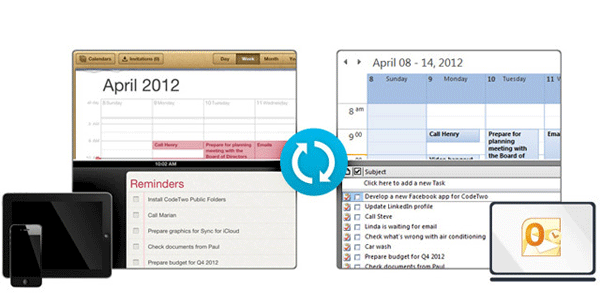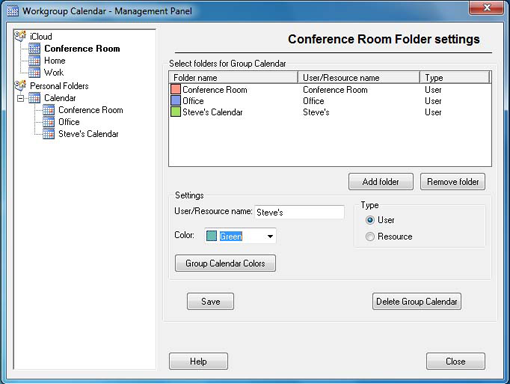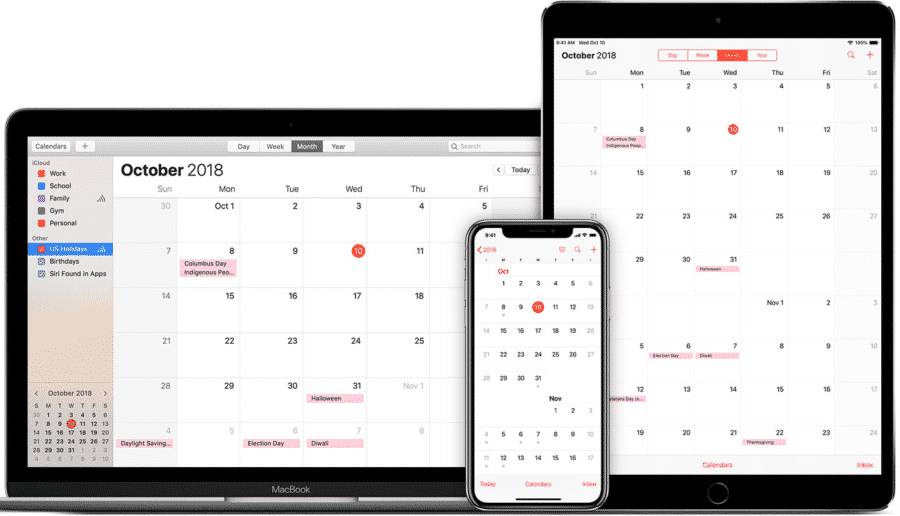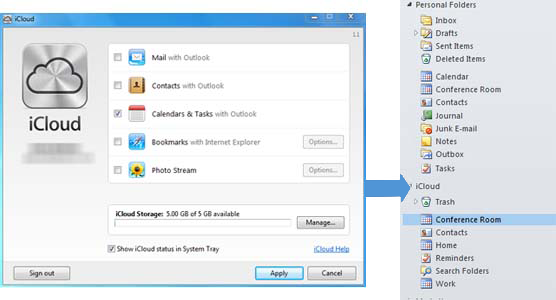Seamless Synchronization: Sharing Your iCloud Calendar with Outlook
Associated Articles: Seamless Synchronization: Sharing Your iCloud Calendar with Outlook
Introduction
With enthusiasm, let’s navigate by means of the intriguing subject associated to Seamless Synchronization: Sharing Your iCloud Calendar with Outlook. Let’s weave fascinating data and provide contemporary views to the readers.
Desk of Content material
Seamless Synchronization: Sharing Your iCloud Calendar with Outlook
![How to Sync an iCloud Calendar with Outlook: 2 Proven Methods [2024]](https://mobiletrans.wondershare.com/images/article/sync-icloud-calendar-with-outlook-1.jpg)
The digital age calls for seamless integration between our numerous purposes and companies. For a lot of, this consists of the easy sharing of calendars between platforms. Whereas iCloud and Outlook are common selections for managing schedules, they don’t seem to be natively appropriate. This text will discover the varied strategies for sharing your iCloud calendar with Outlook, addressing frequent points and offering detailed, step-by-step directions for every method. We’ll delve into the professionals and cons of every methodology, serving to you select the very best resolution on your particular wants and technical proficiency.
Understanding the Problem: iCloud and Outlook’s Inherent Variations
iCloud and Outlook function on totally different infrastructures. iCloud is Apple’s cloud-based ecosystem, tightly built-in with Apple gadgets and companies. Outlook, alternatively, is Microsoft’s e-mail and calendaring shopper, outstanding throughout Home windows, macOS, and cell platforms. This basic distinction necessitates middleman steps to realize seamless calendar synchronization. Direct, built-in integration is absent, requiring different methods.
Methodology 1: Using CalDAV (Really helpful for Superior Customers)
CalDAV (Calendar Knowledge Entry Protocol) is an open commonplace for accessing and managing calendar knowledge. It means that you can subscribe to your iCloud calendar from different purposes, together with Outlook. This methodology offers a sturdy and dependable resolution, providing close to real-time synchronization. Nevertheless, it requires a barely extra technical understanding than different strategies.
Steps:
-
Receive your iCloud Calendar’s CalDAV URL: That is essential. Sadly, Apple would not instantly present this URL throughout the iCloud settings. You will want to seek out it by means of a third-party instrument or by accessing it by means of your iCloud account’s internet interface. Some superior customers may have the ability to discover it by means of their system’s settings. Be cautious of any third-party instruments and guarantee they’re respected earlier than offering your iCloud credentials.
-
Add the iCloud Calendar in Outlook: Upon getting the CalDAV URL, open Outlook. The precise steps rely in your Outlook model (desktop, internet, cell). Usually, you will navigate to your calendar settings, search for choices to "Add Calendar," "Subscribe to Calendar," or an analogous phrase. You will then paste the CalDAV URL and observe the prompts. You may want to supply your iCloud username and password.
-
Troubleshooting: In case you encounter errors, double-check the URL for accuracy. Guarantee your iCloud account permits CalDAV entry. Firewall settings or community configurations may also intervene. If the issue persists, seek the advice of Apple’s assist documentation or search help from on-line boards specializing in calendar synchronization.
Professionals:
- Close to real-time synchronization: Adjustments made on one platform are shortly mirrored on the opposite.
- Dependable and constant: CalDAV is a well-established commonplace, offering a steady resolution.
- Two-way synchronization: Adjustments made in both Outlook or iCloud are mirrored within the different.
Cons:
- Technical experience required: Discovering the CalDAV URL and configuring the connection could be difficult for non-technical customers.
- Potential for errors: Incorrect URLs or community points can stop profitable synchronization.
Methodology 2: Using a Third-Celebration Utility (Best for Learners)
A number of third-party purposes specialise in synchronizing knowledge between totally different platforms, together with iCloud and Outlook. These apps usually present a user-friendly interface and deal with the technical complexities concerned in connecting the 2 techniques. Nevertheless, it is essential to decide on a good utility with a robust safety document, as you will be granting it entry to your delicate calendar knowledge.
Steps:
-
Select a good utility: Analysis and choose a third-party utility identified for its reliability and safety. Learn evaluations and examine for person suggestions earlier than putting in.
-
Set up and configure the applying: Observe the applying’s directions to put in it and configure it to hook up with your iCloud and Outlook accounts. You will sometimes want to supply your login credentials for each companies.
-
Choose calendars for synchronization: Specify which iCloud calendars you need to sync together with your Outlook calendar.
-
Troubleshooting: If synchronization points come up, check with the applying’s documentation or contact its assist group.
Professionals:
- Person-friendly interface: These purposes are designed for ease of use, minimizing technical complexities.
- Simplified setup: The purposes deal with the intricacies of connecting iCloud and Outlook.
- Further options: Some purposes provide additional options, resembling process administration or contact synchronization.
Cons:
- Value: Some third-party purposes are paid companies.
- Safety issues: Granting entry to your calendar knowledge to a third-party utility carries inherent safety dangers. Select respected suppliers fastidiously.
- Dependence on third-party service: The synchronization depends on the continued availability and performance of the chosen utility.
Methodology 3: Exporting and Importing (Least Environment friendly, Appropriate for One-Time Transfers)
This methodology includes exporting your iCloud calendar knowledge as an ICS (iCalendar) file after which importing it into Outlook. That is the least environment friendly methodology, as it is a one-time switch, not a steady synchronization. Any adjustments made after the preliminary import will must be manually repeated.
Steps:
-
Export from iCloud: Log in to iCloud.com, entry your calendar, and choose the calendar you want to export. Most iCloud interfaces present an choice to export the calendar knowledge as an ICS file.
-
Import into Outlook: Open Outlook and navigate to the calendar settings. Search for an choice to "Import Calendar" or an analogous phrase. Choose the downloaded ICS file and observe the directions to import it.
Professionals:
- Easy for one-time transfers: This methodology is easy for transferring calendar knowledge as soon as, with out ongoing synchronization.
Cons:
- No synchronization: Adjustments made in both calendar will not be mirrored within the different.
- Inefficient for ongoing use: This isn’t a sensible resolution for recurrently updating calendars.
- Knowledge loss potential: Guide intervention will increase the chance of knowledge loss or inconsistencies.
Selecting the Proper Methodology:
The optimum methodology is determined by your technical abilities and wishes:
- For superior customers requiring real-time synchronization: CalDAV is your best option.
- For customers in search of ease of use and ease: A good third-party utility is really useful.
- For a one-time switch of calendar knowledge: Exporting and importing is appropriate, however not for ongoing synchronization.
Whatever the chosen methodology, all the time prioritize safety. Be cautious about sharing your iCloud credentials with third-party purposes and guarantee they’ve a robust repute for knowledge safety. Frequently again up your calendar knowledge to stop knowledge loss in case of unexpected circumstances. By fastidiously contemplating these components, you possibly can successfully share your iCloud calendar with Outlook and keep a streamlined scheduling system.








Closure
Thus, we hope this text has offered invaluable insights into Seamless Synchronization: Sharing Your iCloud Calendar with Outlook. We respect your consideration to our article. See you in our subsequent article!